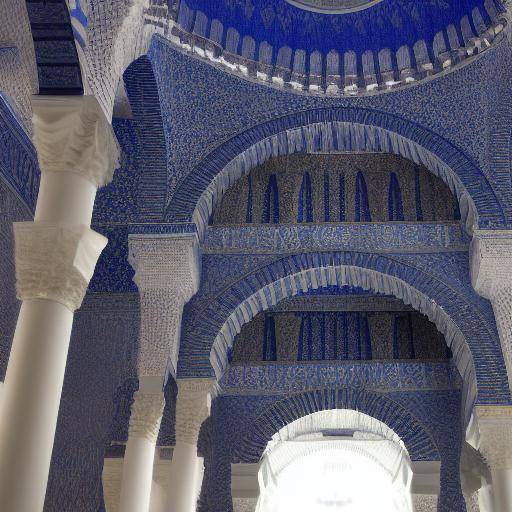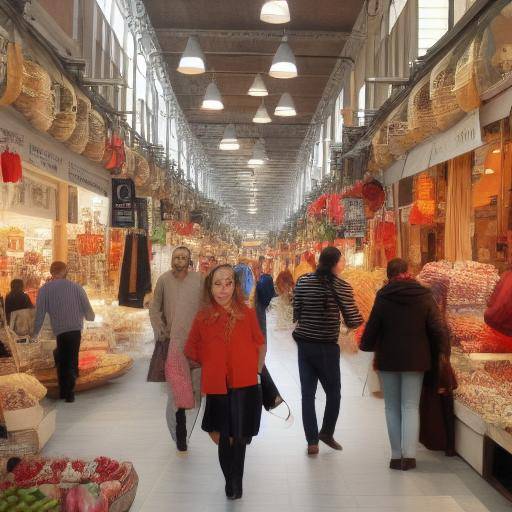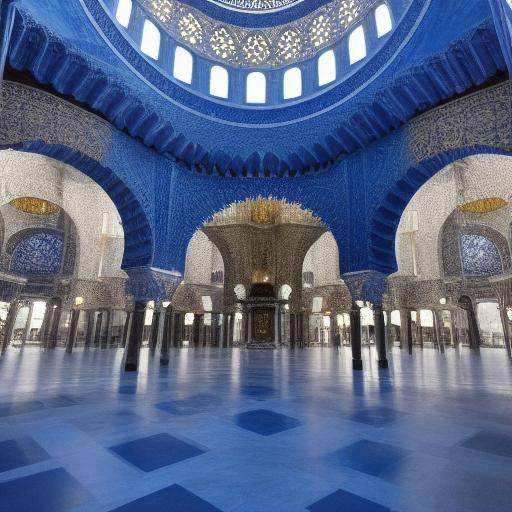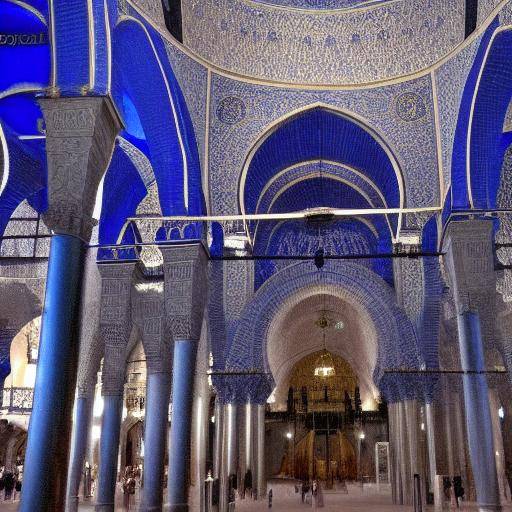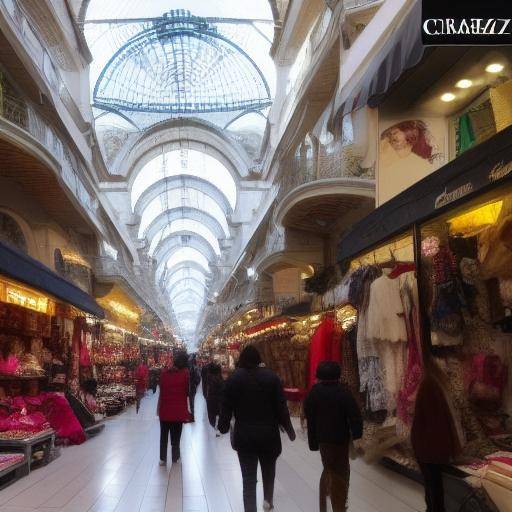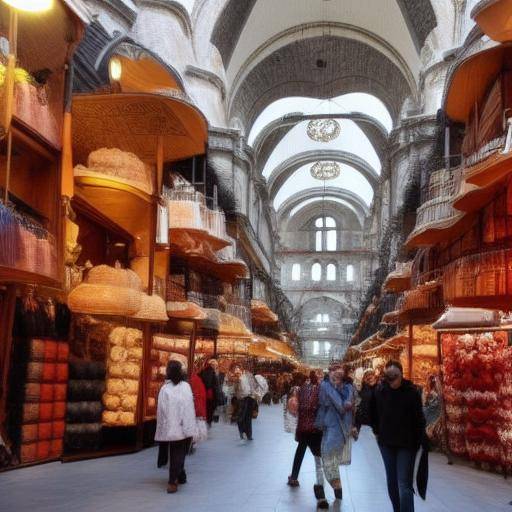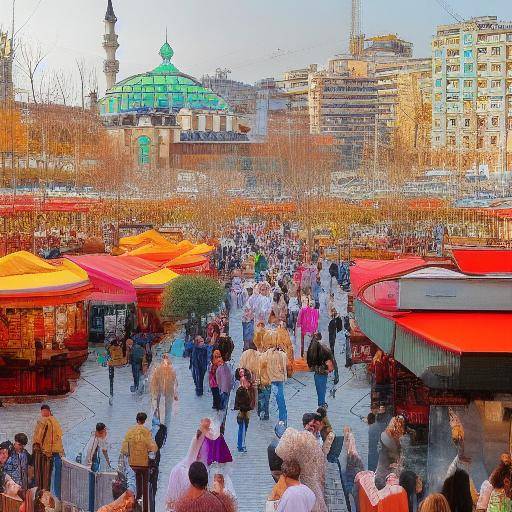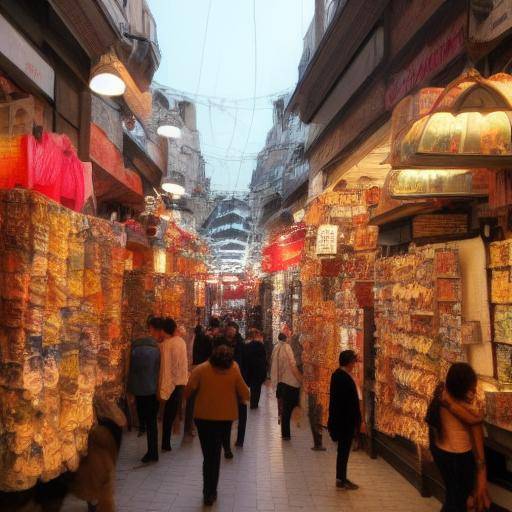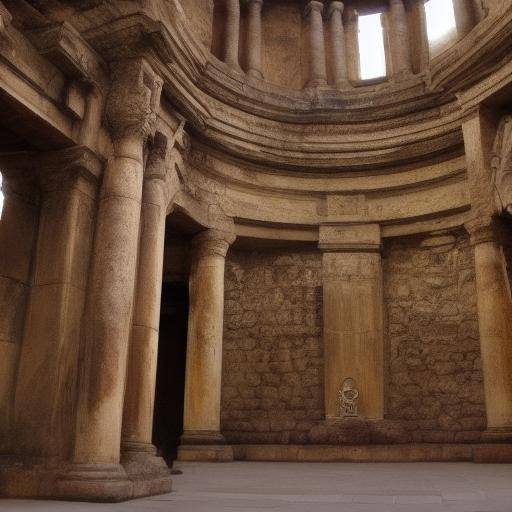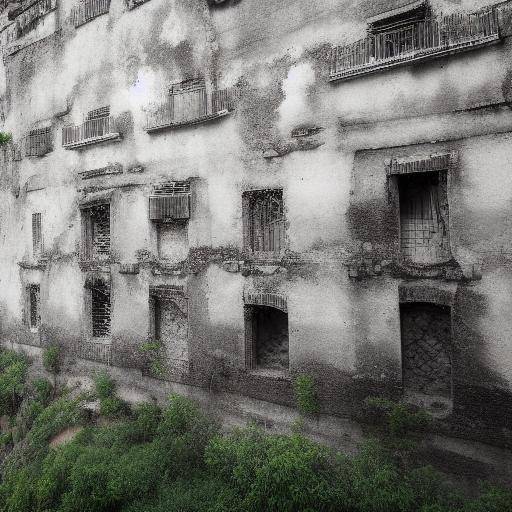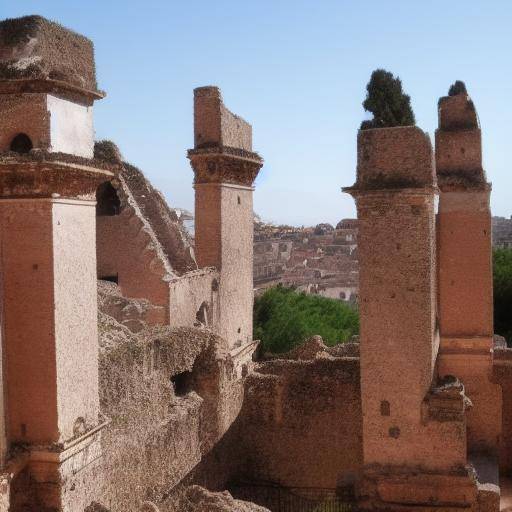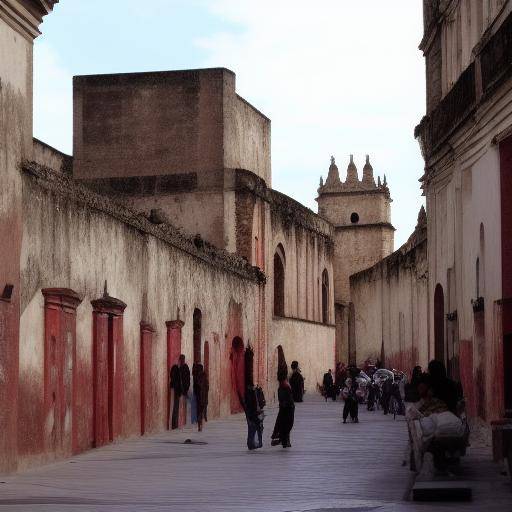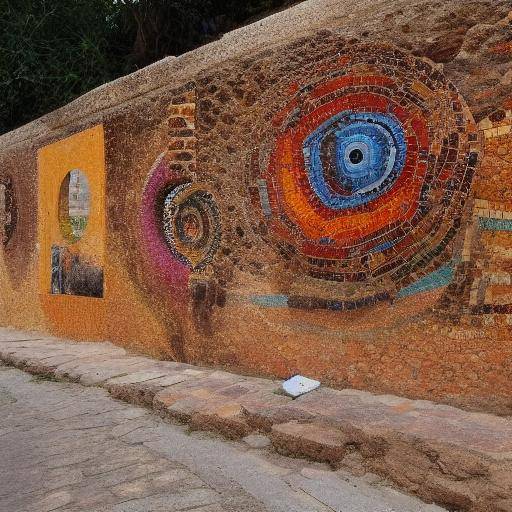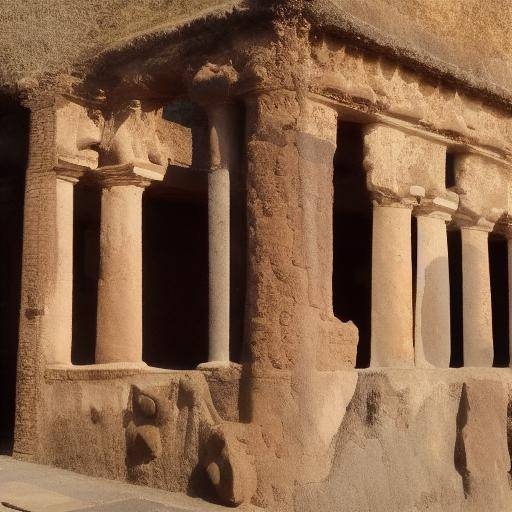
Introduction
Welcome to this complete guide on the Blue Mosque, one of the most emblematic treasures in Istanbul, which attracts visitors from around the world with its impressive architecture and rich history. In this article, the Blue Mosque, its millennial history and its surroundings will be explored in Istanbul, Turkey. We will discover fascinating history, cultural and religious significance, as well as practical advice for the visit. Prepare to immerse yourself in the beauty and grandeur of this magnificent place of worship.
Blue Mosque: An Icon of Istanbul
The Blue Mosque, known locally as Sultan Ahmet Camii, is one of the most recognized masterpieces of the Ottoman architecture. Located strategically in front of the Basilica of Santa Sofia, another architectural gem, the mosque is part of the famous Istanbul horizon. It is a tribute to the greatness of the Ottoman Empire and a manifestation of the Islamic faith. The mosque is famous for its six minaretes, an unusual number at the time, and its splendid interior decoration, which has earned it the nickname of "Blue Mosque" by the Iznik ceramic tiles that adorn its interior.
History and Meaning
The construction of the Blue Mosque dates back to the seventeenth century, during the reign of Sultan Ahmed I. His aim was to show the greatness of Ottoman power and to create a place of prayer worthy of the magnificent city of Istanbul. The magnificent structure not only served as a place of worship, but also symbolized the powerful fusion between Islamic architecture and Ottoman culture. Today, the Blue Mosque is a lasting symbol of Istanbul's history and identity, attracting millions of visitors every year.
Exploring Architecture and Design
The Blue Mosque is known for its impressive architecture and intricate interior design. Its central and semi-copulous domes are combined with the six very high minarets to create an imposing silhouette. In addition, the interior of the mosque is a visual festival, with thousands of ceramic tiles, carved of marble and an intricate central dome that stands with huge columns. The mixture of blue and white in the tiles creates a unique atmosphere, which fully justifies the nickname of "Blue Mosque".
Tips for Visitors
If you plan to visit the Blue Mosque, there are some guidelines and tips to consider. First, it is important to dress modestly, especially for women, who should cover their heads with a handkerchief and dress long skirts or pants. Shoes should also be removed before entering. In addition, it is essential to respect the rules of conduct during the visit to ensure an environment of respect and devotion.
Discovering Istanbul and Turkey
In addition to the Blue Mosque, Istanbul offers a rich variety of historical, cultural and gastronomic attractions. From the majestic Santa Sofia and the imposing Topkapi Palace to the vibrant Gran Bazar and the charming district of Sultanahmet, the city full of treasures to discover. Turkey as a whole is a fascinating country, with a rich heritage that spans from ancient ruins to picturesque coastal villages and spectacular natural landscapes.
Conclusion
The Blue Mosque is not only an imposing architectural monument, but also a symbol of profound cultural and spiritual importance for the inhabitants of Istanbul and for visitors from all over the world. Its attractive beauty and millennial history make it a must for all lovers of history, architecture and culture. We hope that this guide has inspired you to explore the magic of the Blue Mosque and immerse yourself in the fascinating history of Istanbul and Turkey.
Frequently asked questions
1. Why is it called the Blue Mosque?
The Blue Mosque owes its name to the stunning ceramic tiles in blue tones that decorate its interior. These tiles, imported from the city of Iznik, are a unique feature that gives it its distinctive nickname.
2. What is the cultural importance of the Blue Mosque?
The Blue Mosque is an icon of Turkey's cultural and historical heritage. Its meaning goes beyond being a place of worship; it is a symbol of the greatness of the Ottoman Empire and a testimony of the artistic and architectural skill of the time.
3. How long did it take to build the Blue Mosque?
The construction of the Blue Mosque began in 1609 and was completed in 1616. Sultan Ahmed I commissioned the construction of this magnificent architectural work to compete with the nearby Basilica of Santa Sofia.
4. What are the precautions to take into account when visiting the Blue Mosque?
It is essential to dress with modesty when visiting the Blue Mosque. Women should cover their heads with a handkerchief and wear long skirts or pants, and both men and women should remove their shoes before entering.
5. Is the Blue Mosque open to visitors of all religions?
Yes, the Blue Mosque is open to visitors of all religions. However, it is essential to show respect for the sacred environment and follow the rules of conduct during the visit.
6. What is the best time to visit the Blue Mosque?
The best time to visit the Blue Mosque is during the morning hours, when the sunlight illuminates the tiles and provides a more impressive visual experience.
We hope that these frequent questions have answered some of your doubts about the Blue Mosque, Istanbul and Turkey.
In short, the Blue Mosque is an invaluable treasure that takes us to a journey through time, connecting us with the greatness of the Ottoman Empire and the beauty of Islamic architecture. Its rich history and cultural impact make it a unique destination in Istanbul, a city that combines modernity with a millennial legacy. When visiting the Blue Mosque, travelers not only have the opportunity to marvel at their architecture, but also to immerse themselves in the essence of Istanbul and discover the cultural wealth of Turkey.
With this guide, we hope to have aroused your curiosity and provided valuable information for your next visit to the Blue Mosque and its surroundings. Get ready for an unforgettable adventure in the midst of the historic splendour of Istanbul!
Always remember to respect local norms and traditions, and enjoy this unique experience with open mind and receptive heart. We wish you a journey full of unforgettable discoveries and emotions in the Blue Mosque of Istanbul, Turkey!
Welcome to a world of beauty, history and spirituality!

